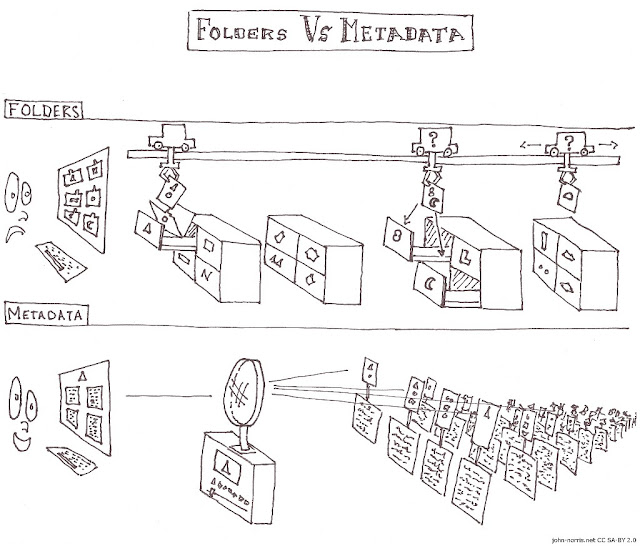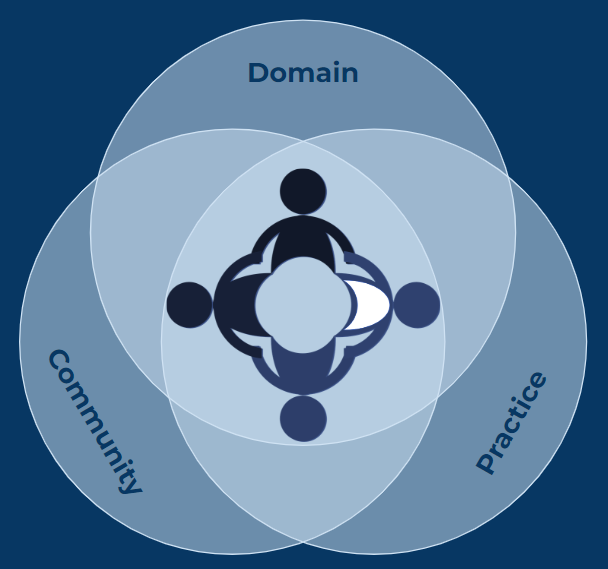Assistive Technology
Assistive technology refers to tools, software or devices that are primarily intended to help individuals with disabilities or impairments to perform tasks or access information, including educational opportunities, that might otherwise be challenging or impossible. Assistive technology can range from low-tech solutions, such as magnifying glasses, hearing aids and wheelchairs, to high-tech solutions, such as specialized software or robotics.
 |
| Oregon Department of Transportation, CC BY 2.0, via Wikimedia Commons |
The photograph above was taken at a 2011 Diversity Conference and shows some assistive technology, including alternative and adapted keyboards.
Examples of assistive technologies
- Screen readers: software applications that convert text into synthesized speech or Braille, allowing individuals with visual impairments to access digital information. Examples of popular screen readers include JAWS, NVDA and VoiceOver.
- Augmentative and alternative communication (AAC) devices: these enable individuals with communication disabilities to express themselves through speech, text or symbols. These devices range from physical picture or letter boards to tablets with specialized software, such as Proloquo2Go or products from Tobii Dynavox.
- Environmental control systems: software and hardware solutions that enable individuals with physical disabilities to control their environment, such as lights, doors, and temperature, through voice or switch commands. Environmental control systems are becoming more common in many homes: lightbulbs or switches that can be voice operated via smart speakers are just one example of this.
- Prosthetics: artificial limbs or other body parts ranging from simple mechanical hand prostheses to advanced bionic limbs that respond to the user's movements.
- Adaptive software: applications that are designed to be accessible and user-friendly for individuals with disabilities. Examples of adaptive software include text-to-speech software (which converts typed text to audio) or speech recognition software (which converts spoken words to typed text).
- Assistive listening devices: Assistive listening devices help individuals with hearing impairments to hear better in noisy environments, such as classrooms or theatres. Examples of assistive listening devices include radio headphone/microphone systems of the kind sometimes used during museum tours, or hearing loop systems installed in cinema screening rooms that transmit the movie's audio straight to a user's hearing aids.
- Braille displays: these convert digital information into Braille characters, allowing individuals with visual impairments to read digital content.
- Smart glasses: Smart glasses are wearable devices that provide visual assistance, such as augmented reality, object recognition or text-to-speech, for individuals with visual impairments.
Assistive technology plays a critical role in helping individuals with disabilities to overcome some of the barriers that remain in place in the modern world, enabling them to participate more fully in their communities. By providing access to education, communication, employment, and daily living activities, assistive technology can improve the quality of life for millions of people around the world.







.png)

Comments
Post a Comment